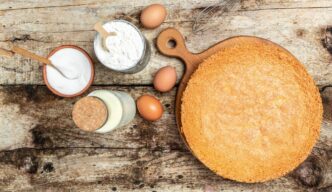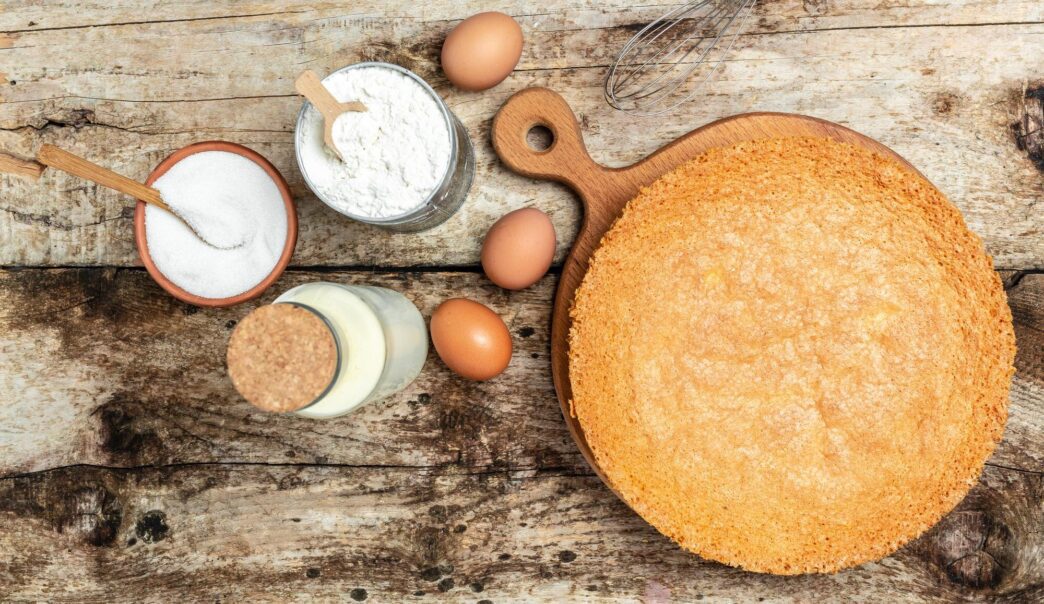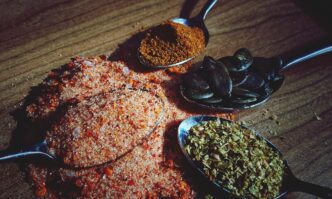A Quick Takeaway
The Story Behind the Trend
How to Make It Work for You
The Community View
Baking a truly delicious gluten-free cake is an entirely achievable and rewarding endeavor, perfect for anyone who needs to avoid gluten due to celiac disease, gluten sensitivity, or simply prefers a gluten-free lifestyle. This guide will equip you with the knowledge and simple steps to create moist, flavorful, and structurally sound gluten-free cakes right in your home kitchen, ensuring that dietary restrictions never compromise on taste or texture.
Understanding Gluten-Free Baking
Gluten, a protein found in wheat, barley, and rye, provides structure, elasticity, and chewiness to traditional baked goods. When removed, these qualities must be replicated through careful ingredient selection and technique.
The challenge in gluten-free baking lies in compensating for gluten’s absence. Without it, baked goods can become dense, crumbly, or dry. However, by understanding the properties of various gluten-free flours and the role of binders, you can achieve results that rival, and often surpass, their gluten-containing counterparts.
Essential Gluten-Free Flours and Blends
The foundation of any great gluten-free cake is the right flour blend. Unlike wheat flour, which is a single ingredient, gluten-free baking often requires a combination of flours to achieve optimal texture and flavor.
Single-Origin Flours
Different gluten-free flours offer unique characteristics. Rice flour (brown or white) provides structure, while almond flour adds moisture and richness. Oat flour (ensure certified gluten-free) contributes a tender crumb, and tapioca starch or arrowroot powder enhance elasticity and chewiness. Sorghum flour offers a mild, slightly sweet flavor and a soft texture.
Pre-Made Blends
Many reputable brands offer pre-mixed gluten-free all-purpose flour blends. These are convenient and often formulated to work well in a 1:1 ratio with traditional recipes, though some adjustments might still be necessary. Always check the ingredients list to understand what flours and starches are included.
Creating Your Own Blend
For more control, you can create your own blend. A good starting point is a ratio of 60% whole-grain gluten-free flour (like brown rice or sorghum), 20% nut or seed flour (like almond or sunflower seed), and 20% starch (like tapioca or potato starch). This balance helps achieve both structure and tenderness.
Key Ingredients for Success
Beyond flours, other ingredients play crucial roles in gluten-free cake success.
Binders
Since gluten isn’t present to bind ingredients, you’ll need a substitute. Xanthan gum is the most common binder, providing elasticity and preventing crumbling. Typically, you’ll use about ½ teaspoon per cup of gluten-free flour blend for cakes. Psyllium husk powder is another excellent binder that also adds fiber and moisture.
Moisture
Gluten-free flours tend to absorb more liquid than wheat flour, leading to dry cakes if not accounted for. Increase moisture by adding slightly more fat (butter, oil), eggs, or wet ingredients like applesauce, yogurt, or mashed banana. These also contribute to a tender crumb.
Leavening Agents
Ensure your baking powder and baking soda are fresh and properly stored. These agents are essential for creating lift and a light texture. Remember that baking soda requires an acidic ingredient (like buttermilk or lemon juice) to activate fully.
Sweeteners and Flavorings
Sugar not only sweetens but also contributes to moisture and browning. Vanilla extract, citrus zest, spices, and cocoa powder are vital for developing rich, complex flavors in your gluten-free cake.
Mastering the Mixing Process
Proper mixing technique is crucial for achieving the desired cake texture.
Accurate Measurement
Gluten-free baking demands precision. Always measure your flours and starches by weight using a kitchen scale for the most consistent results, rather than by volume with measuring cups. This prevents over- or under-flouring, which can drastically affect texture.
Room Temperature Ingredients
Ensure eggs, butter, and any dairy are at room temperature. This allows them to emulsify properly, creating a smoother batter and a finer crumb.
Gentle Mixing
Over-mixing can incorporate too much air, leading to a dry or crumbly cake. Mix only until the ingredients are just combined. A few lumps are perfectly acceptable in gluten-free cake batter.
Baking and Cooling for Perfection
The baking and cooling stages are just as critical as ingredient selection and mixing.
Oven Preparation
Preheat your oven thoroughly to the correct temperature. An oven thermometer can confirm accuracy. Prepare your cake pans by greasing and flouring with a gluten-free flour blend, or lining with parchment paper, to prevent sticking.
Baking Time and Doneness Cues
Bake until a wooden skewer or toothpick inserted into the center comes out clean or with a few moist crumbs attached. Gluten-free cakes can sometimes take slightly longer to bake than traditional cakes. Avoid opening the oven door too frequently, as this can cause the cake to sink.
Cooling Properly
Allow the cake to cool in the pan for 10-15 minutes before inverting it onto a wire rack to cool completely. Attempting to frost a warm cake will result in melted frosting and a potentially damaged cake.
Troubleshooting Common Issues
Even experienced bakers encounter challenges. Here are solutions to common gluten-free cake problems.
Crumbly Texture
If your cake is too crumbly, it might lack sufficient binder or moisture. Next time, try adding a bit more xanthan gum or psyllium husk, or increasing the liquid/fat content slightly.
Dryness
A dry cake often indicates too much flour or overbaking. Ensure you’re measuring by weight. Consider reducing baking time slightly or increasing moisture with ingredients like yogurt or applesauce.
Sinking Center
A sunken center can be caused by opening the oven door too early, insufficient leavening, or too much liquid. Ensure leavening agents are fresh and avoid disturbing the cake during baking.
Flavor Enhancements and Decorations
Once your gluten-free cake is baked, it’s time to elevate its flavor and presentation.
Extracts and Zests
Beyond vanilla, consider almond, lemon, or peppermint extracts. Citrus zests (lemon, orange, lime) add bright, fresh notes that beautifully complement many cake flavors.
Frostings and Fillings
Most frostings, like buttercream, cream cheese frosting, or ganache, are naturally gluten-free. For fillings, fruit curds, jams, or pastry creams are excellent choices. Always double-check ingredient labels for hidden gluten, especially in pre-made products.
Fresh Fruit and Nuts
Decorate with fresh berries, sliced stone fruit, or toasted nuts for added texture, flavor, and visual appeal. A simple dusting of powdered sugar can also create an elegant finish.
Savoring Your Gluten-Free Creation
Baking a perfect gluten-free cake is a journey of understanding ingredients and refining techniques, but it is one that yields incredibly rewarding and delicious results. With patience, precision, and a willingness to experiment, you can consistently produce cakes that are not only safe for those with dietary needs but also wonderfully delightful for everyone at the table. Embrace the process, enjoy the aroma filling your kitchen, and savor every tender, flavorful bite of your homemade gluten-free masterpiece.








